#kinokomushroom
Explore tagged Tumblr posts
Photo

The world you live in.
3 notes
·
View notes
Photo
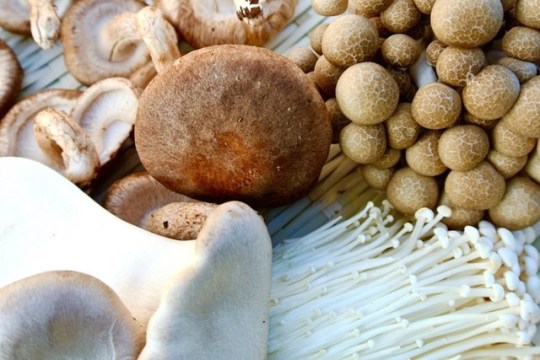
What is Kinoko (mushrooms)?
“Although there are many varieties of edible mushrooms, generally they can be divided into saprobic fungi and mycorrhizal fungi. Saprobic fungi include wood-rotting fungi, which grow out of the trunks of living trees.
Most of the mushrooms that can be cultivated are saprobic fungi; they break down fertilizers and the trees on which they feed. Wood-rotting fungi include shiitake, maitake, nameko, enokidake, buna-shimeji, hiratake, and eringi. White mushrooms and Agaricus do not grow out of trees but are still considered saprobic fungi.”
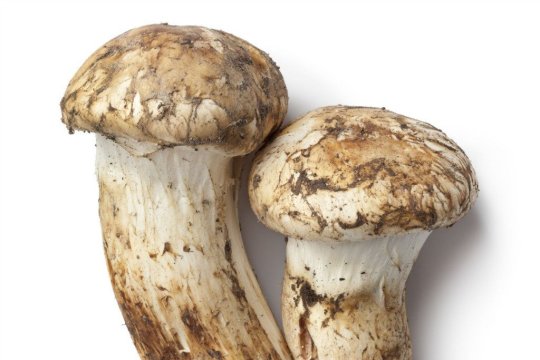
“Matsutake is a mushroom belonging to the class Basidiomycetes. It lives on the roots of Japanese red pine and grows wild on the ground in forests of red pine during autumn...Moreover, matsutake cannot grow unless specific natural conditions are miraculously met. The environment must have just the right sunlight exposure, temperature, humidity, amount of soil microorganisms, and various other conditions.
Kinkatsu refers to a healthy way of eating based on fermented foods Japanese people have long incorporated into their diet many fermented foods produced by microorganisms. The health benefits of these fermented foods have recently garnered attention. Mushrooms are the only fungi that can be consumed as food. They are low in calories and rich in immune-boosting nutrients such as dietary fiber, vitamin Bs, vitamin D, beta-glucan, and ornithine. The dietary fiber in mushrooms can absorb cholesterol and lipids in the intestines and remove them from the body. At the same time, they help create a healthy intestinal environment by increasing good bacteria, which can improve the complexion.”
(via What is Kinoko (mushrooms)? | We Love Japanese Food)
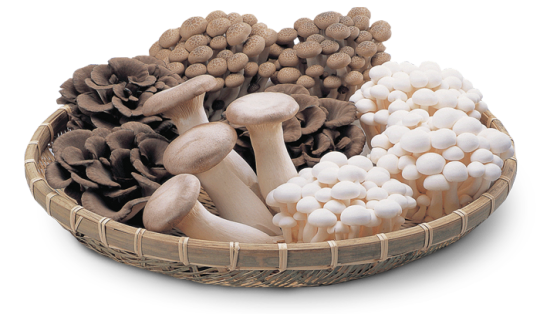
7 Popular Japanese Mushrooms That Are Both Tasty and Healthy
“Japanese mushrooms – the first thing to know is that “take” means “mushroom” in Japanese.”
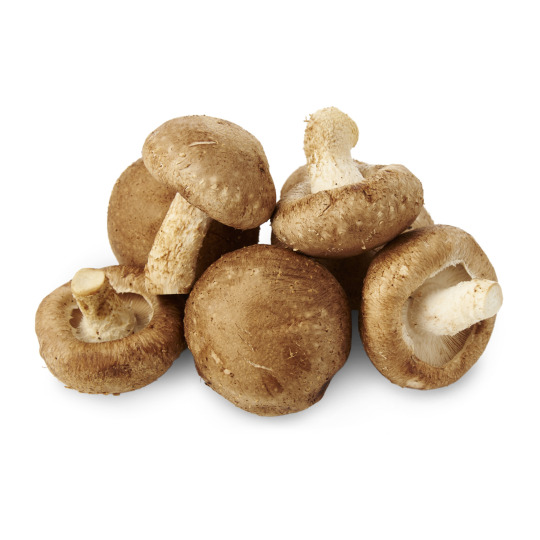
“Shiitake is the one Japanese mushroom that most people will have heard of. “Shii” is the Japanese word for one of the trees this healthy treat grows on. Combined with the Japanese for mushroom, you’ll get the word “shiitake,” or shii mushroom. They are packed with healthy nutrients, have relatively large brown caps, ranging from tan to dark in color, and white stems.”
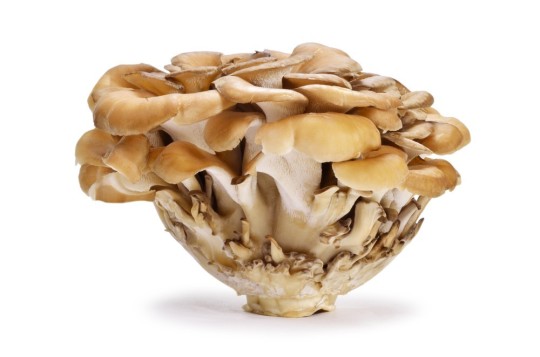
“You might know it as Hen-of-the-wood or even sheep’s head, but in Japan, this funny looking mushroom is called maitake. Literally translating to “dancing mushroom,” this healthy fungal delicacy can be found in Japanese hardwood forests, as well as in parts of China, Europe, and North America.”
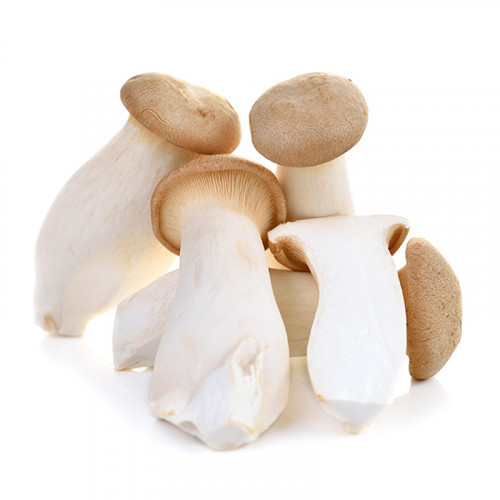
“Eringi, King Trumpet, King Oyster, and French Horn. Eryngii go by many names and are the largest of all oyster mushrooms. It doesn’t only grow in Japan and other parts of Asia, but also in Mediterranean Europe, the Middle East, and North Africa. You can easily recognize it by its characteristic meaty, white stem and relatively small, brown cap.”
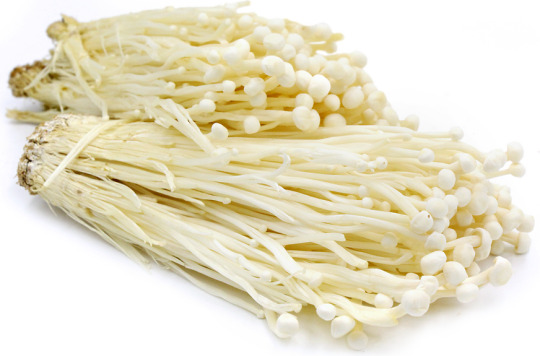
“These little mushroom clusters called enoki or enokitake are thin, long, and fragile, much like little flowers. They’re a well-used ingredient not only in Japanese cuisine but also in Chinese and Korean, and because their main season lasts from September to March, they are sometimes called “winter mushroom” in English.”
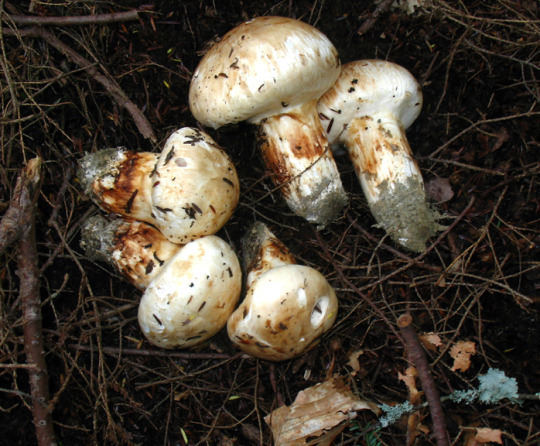
“Mushroom lovers are sure to know matsutake, a prized, sought-after mushroom that is famous for its characteristic spiciness. While it grows in Asia, Europe, and North America, it can prove extremely hard to find, as it requires a very specific kind of forest and terrain to grow. In Japan, they can mainly be found under red pines and the first matsutake harvest in fall can fetch prices of 1,000 dollars or more per kilogram! According to historical documents, matsutake picking was also a favorite pastime of samurai.”
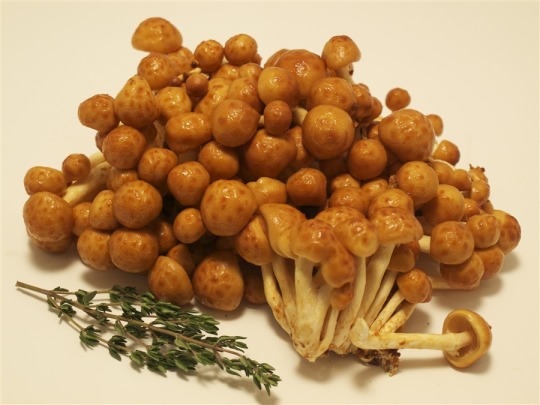
“Nameko is a curious little mushroom. In nature, it appears as a cluster of small mushrooms with orange caps that have a characteristic gelatinous coating. In Japanese pop culture, they’re a fairly famous comic character that first appeared in the DS game “Touch Detective” – you might know the little fellow as “Funghi.” Now, Nameko has his own mobile game called Mushroom Garden. The mildly nutty taste makes the mushroom a staple ingredient of Japanese cuisineand you’ll often see it used in stir-fries and for noodles...You’ll also encounter nameko as a popular and healthy ingredient in sushi rolls. In the States, this little orange delicacy is also called “butterscotch mushroom.”
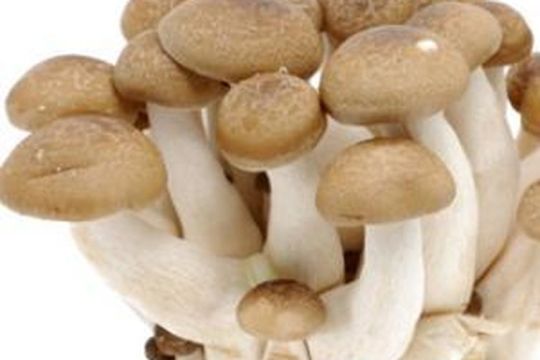
“Found in East Asia and Northern Europe, shimeji is actually a group of mushrooms that come in different shapes and colors. They all have a similar texture and taste, however – while the raw mushrooms are slightly bitter, this unpleasant aroma disappears entirely when cooked, leaving you with a delightfully crunchy texture and mild, nutty flavor. As far as dishes go, shimeji can be used for pretty much anything. From stir-fries to soups, from hot pots to pasta dishes, and even as a side or sauce...”
(via 7 Popular Japanese Mushrooms That Are Both Tasty and Healthy | LIVE JAPAN)
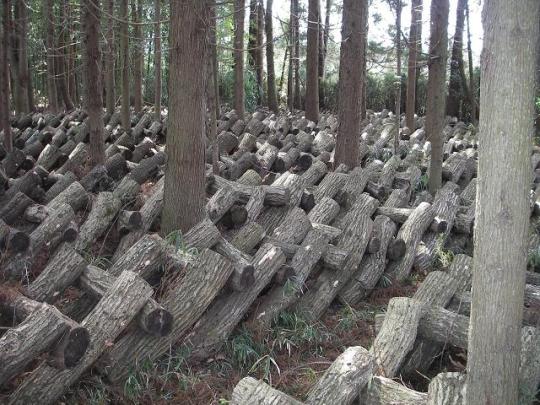
The Shiitake Mushroom- A History in Magic and Folklore
“The shiitake is vastly popular as a dietary choice in China and Japan. In Japan, the creme de la crème of shiitake crop is called donko. In China, it is known as shanku and dongo...Tapestries and Chinese manuscripts depict deities holding several species of medicinal mushroom, including the shiitake, which finds applications in Chinese culture as an aphrodisiac and a promoter of youthfulness and virility.
The Japanese developed a convenient method to cultivate mushrooms. Called the ‘soak and strike’ method, it involved inoculating a tree log with collected spores, and leaving them out in a moist atmosphere. The logs are cut from a tree and placed horizontally, followed by an injection of spores. In fact, this method was synonymous with a development of a male child into a man.”
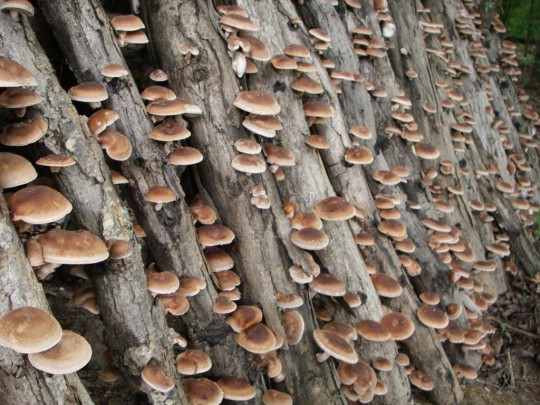
“Logs inoculated during a child’s birth would mature with him till he attains manhood, and inherit the ‘fortune’ in his backyard. Thus, the shiitake was a prized possession, and people went to the extent of robbing them from one another, leading to what was known as a ‘shiitake war’.
It is clear that the Orient deems mushrooms, in general, as storehouses of the power of healing. As compared to the depiction of the mushroom as a ‘quaint fungus’ in the West, what is known as the ‘Orient’ holds the mushroom in high esteem...Today, the shiitake is grown in several parts of the world. The United States, for instance, cultivates mushroom in several states, including Indiana and Pennsylvania.”
(via The Shiitake Mushroom- A History in Magic and Folklore | goUNESCO)
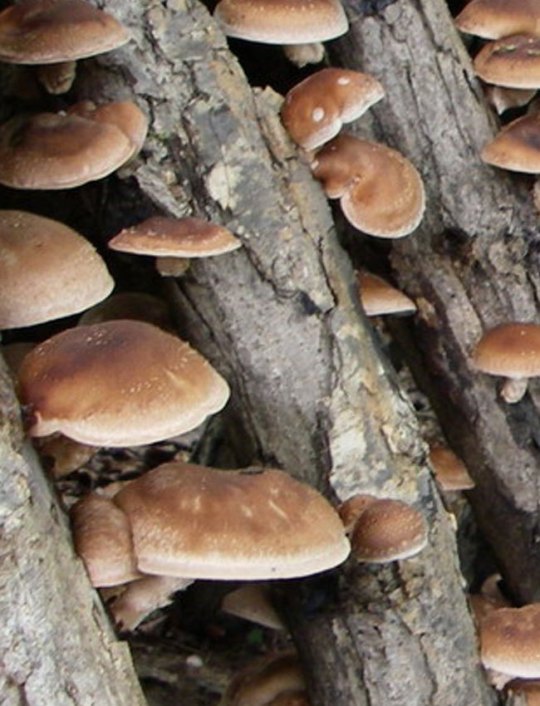
Chinese History - Southern Dynasties Period Economy
“The first real porcelain was produced in the southern facilities during the time of Eastern Jin. Green glazed porcelain (qingci 青瓷) and imprinted ware (yinwen yingtao 印紋硬陶) with brown dots (jiangseyou caiban 醬色釉彩斑) were produced in the kilns of modern Jiangsu and Zhejiang Prov. Paper (zhi 紙) totally replaced the use of silk and bamboo slips as writing material. Other trade and commercial products of the Southern Dynasties were lacquerware (qiqi 漆器) and tea (cha 茶).”
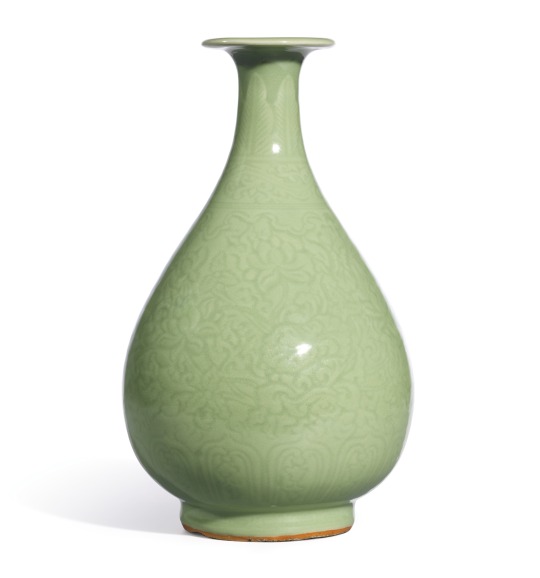
“Fabric, especially silk, was not only an important item for direct cloth production, but also for tax in kind. For daily use, it was still too expensive to be affordable for the average population. The production of silk was in the hands of the state, like salt production (sea salt in Jiangsu and well salt in Sichuan) and mining and metallurgical engineering.”
(via Chinese History - Southern Dynasties Period Economy | ChinaKnowledge)
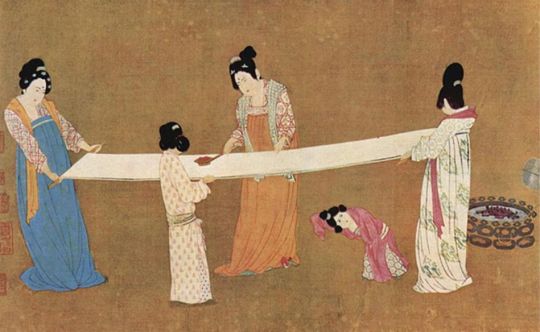
History of silk
“Silk cultivation spread to Japan around 300 AD, and, by 522 AD, the Byzantines managed to obtain silkworm eggs and were able to begin silkworm cultivation. The Arabs also began to manufacture silk at the same time. As a result of the spread of sericulture, Chinese silk exports became less important, although they still maintained dominance over the luxury silk market.”
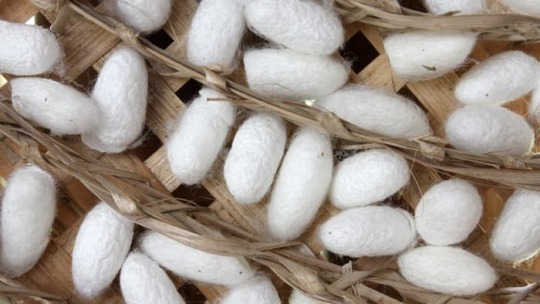
The Crusades brought silk production to Western Europe, in particular to many Italian states, which saw an economic boom exporting silk to the rest of Europe...Techniques of sericulture were subsequently introduced to Japan on a larger scale by frequent diplomatic exchanges between the 8th and 9th centuries.”

”Starting in the 4th century BC silk began to reach the Hellenistic world by merchants who would exchange it for gold, ivory, horses or precious stones. Up to the frontiers of the Roman Empire, silk became a monetary standard for estimating the value of different products.”
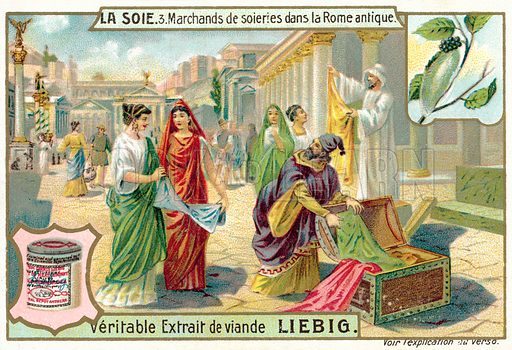
“The church manufacture in the Byzantine Empire was thus able to make fabrics for the emperor, with the intention of developing a large silk industry in the Eastern Roman Empire...These gynecia had a legal monopoly on the fabric, but the empire continued to import silk from other major urban centres on the Mediterranean. The magnificence of the Byzantine techniques was not a result of the manufacturing process, but instead of the meticulous attention paid to the execution and decorations. The weaving techniques they used were taken from Egypt.”
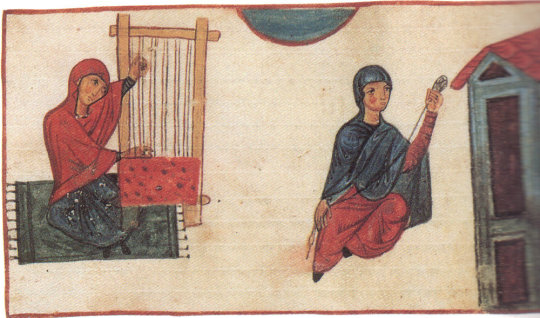
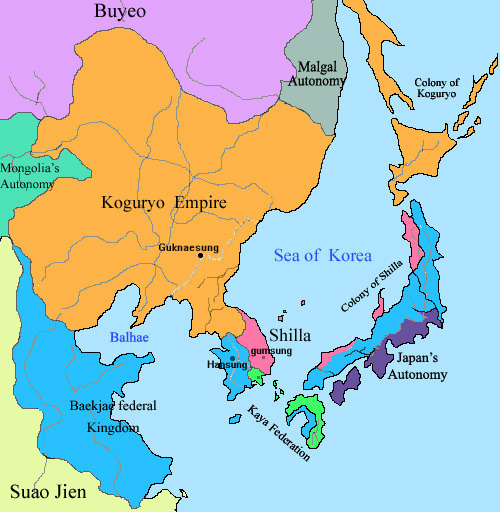
Map 1-1
Japan (500-1200 AD): A Brief Introduction
“During the fifth and sixth centuries, a three-cornered military balance developed on the Korean peninsula between the states of Paekche in the southwest, Silla in the east, and Koguryo in the north (see Map 1-1). Japan was an ally of Paekche and maintained extensive trade and military relations with a weak southern federation known as the Kaya Federation (States). Scholars ask whether there was a cultural basis for these ties—like those of Norman England to Normandy.”
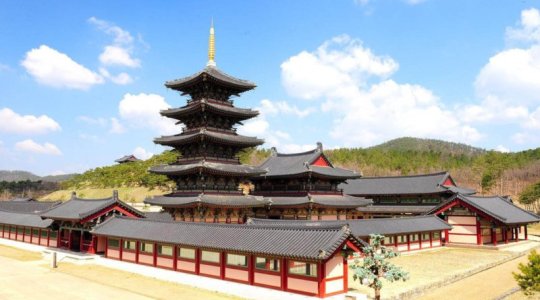
”Paekche also served as a conduit for the first elements of Chinese culture to reach Japan. Chinese writing was adopted for the transcription of Japanese names during the fifth or sixth century. Confucianism entered in 513, when Paekche sent a “scholar of the Five Classics.” Buddhism arrived in 538, when a Paekche king sent a Buddha image, sutras, and possibly a priest.
In 665, Silla conquered Paekche. Japan feared an invasion by Silla, its erstwhile enemy, but an invasion never came. In the end, the rupture of ties with Korea was less of a loss than it would have been earlier, for by this time Japan had established direct relations with China.”
(via The History Of Japan 500-2000 AD | Subratachak blog)
The Kikuchi clan and Baekje
“There are theories that the Kikuchi clan of Higo Province (Kyushu) are from Baekje. They have found a golden statue in the ruins of the castle that is from Baekje and there are records saying that the founder of the Kikuchi, Kikuchi Noritaka (菊池 則隆) is the son of Masanori (政則) and grandson of Chikanori (親則).”
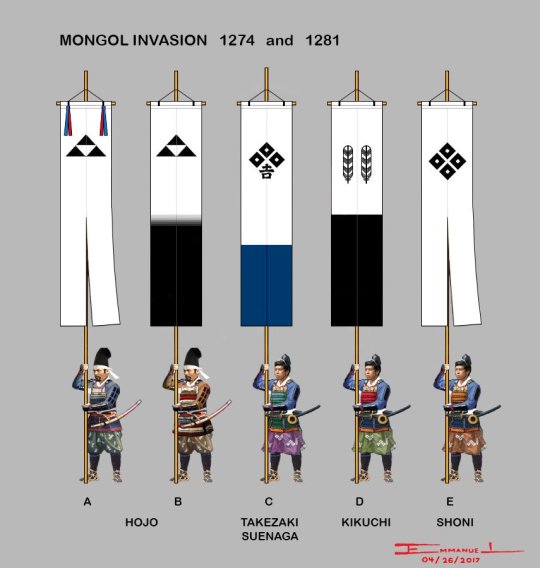
Kikuchi clan
“Japanese genealogist, Suzuki Matoshi claimed the clan was from the Korean kingdom of Baekje while Oota Akira, Japanese historian, claimed the clan originated from Ki clan. Many famous warriors have come from this family such as Kikuchi Takanao, Kikuchi Takefusa who stopped the Mongol Invasions of Japan, Kikuchi Taketoki and Kikuchi Takemitsu whose stories have become some of the most colorful in Japanese history.”
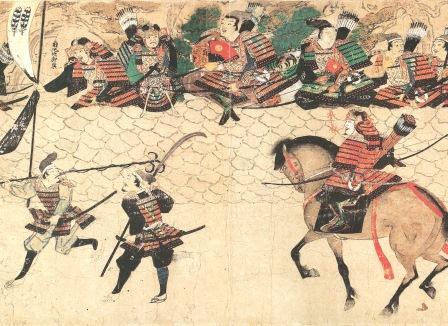
Kija's Tomb
“Jizi allegedly fled China to Korea, where he founded the state of Gija Joseon and eventually succeeded the Dangun as king of Gojoseon. Legend says that Gija brought to the Korean people many skills from China, such as agriculture and weaving; he is also credited with founding the city of Pyongyang.”
”The site of Gija's burial mound was identified during the Goryeo Dynasty by King Sukjong, who constructed the first mausoleum at the 1102. A memorial temple was later added and the mausoleum was enlarged and repaired in 1324 and again in 1355.
In 1570 King Seonjo of Joseon erected a monument at the site requiring all people riding past to dismount out of respect. When Korea was under Japanese rule, the site was heavily promoted as a tourist venue by the Japanese, who tempered Korean ethnic nationalism by pointing out that the first "Korean" kingdom was founded by a foreigner.“
#kinokomushroom#maitake#matsutake#shiitake#nameko#eryngi#kijatomb#kikuchiclan#baekje#greenporcelain#silkhe#kiclan#italiansilk
0 notes
Text
Powerless
powerless by Kinokomushroom
Midoriya has always wanted to ask all might one question since he was four years old, coming home from a visit to the doctor.
OR
All might tells Izuku that he cannot become a hero.
so he doesn't.
Words: 1091, Chapters: 1/1, Language: English
Fandoms: 僕のヒーローアカデミア | Boku no Hero Academia | My Hero Academia
Rating: Teen And Up Audiences
Warnings: Creator Chose Not To Use Archive Warnings
Characters: Midoriya Izuku, Yagi Toshinori | All Might, Sludge Villain
Additional Tags: all might doesnt poof, harsh all might?, How Do I Tag, Sad Midoriya Izuku, Villain Midoriya Izuku
Read Here: https://archiveofourown.org/works/39500499
8 notes
·
View notes
Photo

(by kinokomushroom)
4 notes
·
View notes
Video
youtube
Kinoko Mushroom Japanese DIY Kit, A Fungus Among Us!
0 notes
Photo

The world you live in.
4 notes
·
View notes